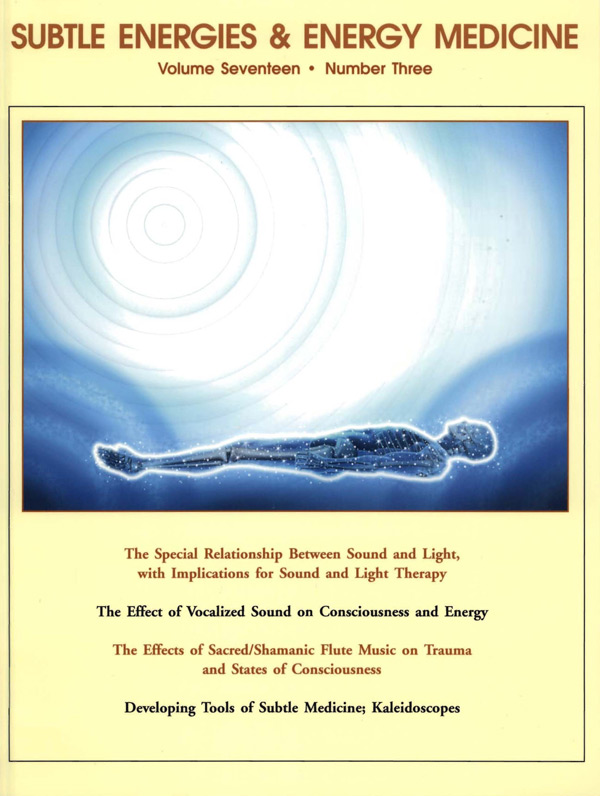RESPONSE TO JOHN COWAN'S PAPER: THOUGHT AND MIND AS THE PROJECTION OF MENTAHOLOMORPHIC FIELDS BY THE BRAIN: A PROPOSED MECHANISM
Abstract
Responses to the classic mind-body problem typically led to theories reducing mind to matter, matter to mind, epiphenomenal views of brain producing mind without feedback, mystical or creationist views of spirit producing mind and matter alike (again often without feedback), direct dualistic interaction between mind and body, or to the identification of both mental and physical realms as aspects of a neutral or more fundamental phenomenon. The growing sophistication of research in the cognitive neurosciences in recent decades, however, has enabled the formulation of more precise questions, at least, about the mindbody relationship. Since the decade of the brain in the 1990s, neuroscience has come to study the complexity of brain process, from its molecular mechanisms, to its neuronal firing patterns and localization of function, to its signature brainwaves and other "biofield" manifestations. Most importantly, the cognitive neurosciences have identified neural correlates of consciousness (NCC) in the higher frequency bands of brain function, ranging from gamma at 30 to 60 Hz (cycles per second) and higher. Specific areas of the brain, associated with the thalamocortical oscillations (TCO), seem to be involved in producing these frequencies. These oscillations and their electromagnetic signatures have been strongly correlated with general presence of consciousness in waking and dreaming and the specific experiences of consciousness. The intensities and frequencies of these oscillations and their electromagnetic emissions have also been shown to be greater in healers, meditators, mystics, and psychics, who have presumably cultivated higher states of consciousness.
Downloads
Issue
Section
License
Subtle Energies & Energy Medicine by International Society for the Study of Subtle Energies & Energy Medicine is licensed under a Creative Commons Attribution-NonCommercial-NoDerivs 3.0 Unported License. Based on a work at journals.sfu.ca.Permissions beyond the scope of this license may be available at www.issseem.org.


